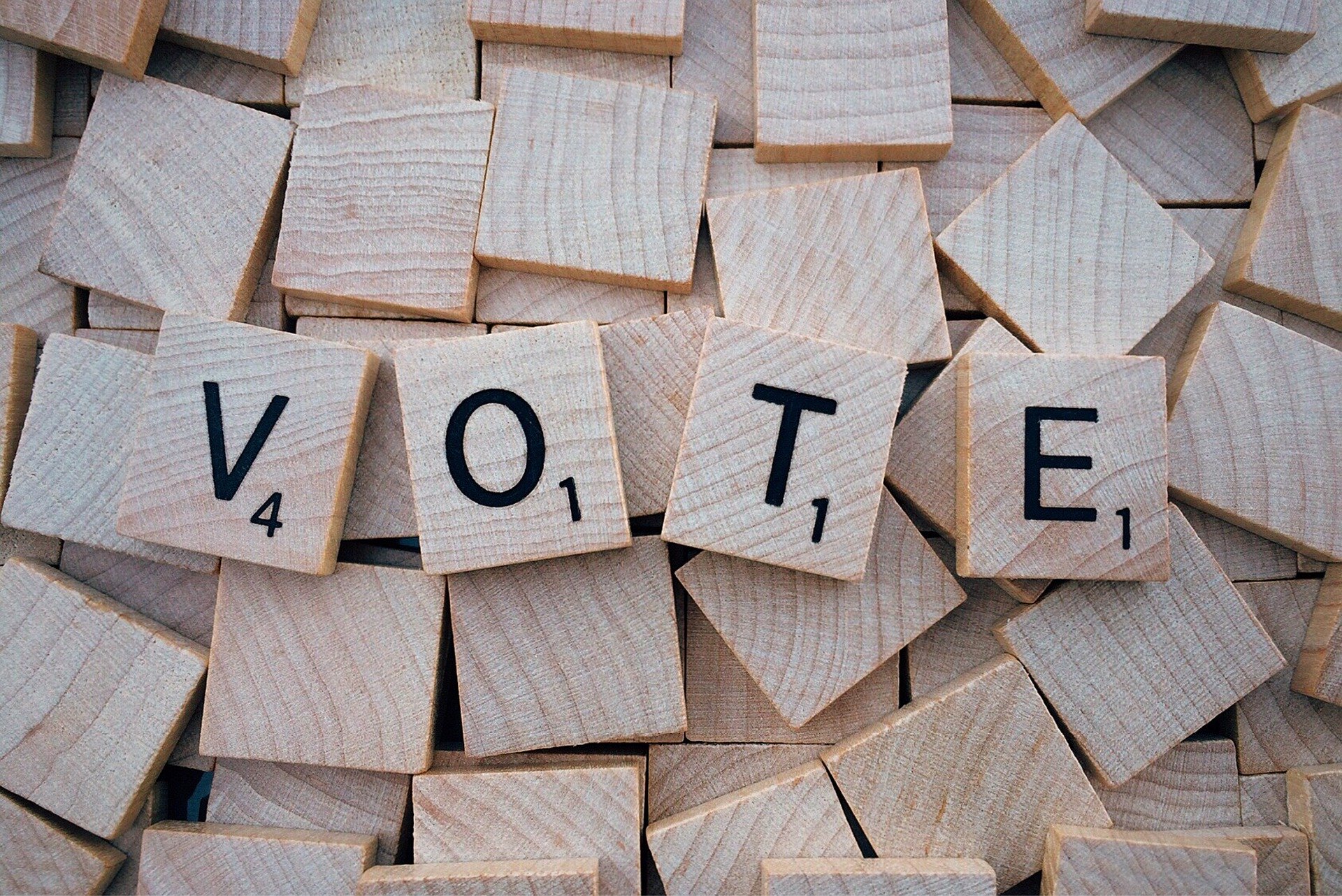
The exact steps that your ballot follows once you mark your choices will vary considerably depending on the technology used to vote, the legal framework of the jurisdiction, and many other important factors.
However, every vote passes through four main processes: voting, counting, transmission and consolidation, and tallying and proclamation.
- Voting. If you go to a polling place and receive a paper ballot you will probably be asked to drop that ballot into a box after you mark your choices. Although many countries paper ballots are processed manually, in places like the US, Canada and the Philippines, hand-marked ballots are processed by devices known as optical scanners. When used, optical scanners intake your ballot, look for marks by every choice on your ballot, and register those that you marked. These devices are used in polling stations, where each voter scans his or her own ballot, or at central locations where authorities digitize the ballots.
Direct Recording Electronic voting machines (DREs) may be used to facilitate voting. Instead of using paper, the voter makes their choices on an electronic voting machine. DREs store the votes digitally, as well as on a voter verifiable paper record.
A third method for voting employs Ballot Marking Devices (BMD). With these devices, the voters make their choices on a touchscreen and then the BMD prints a physical copy on paper showing the voter’s choices. That newly created paper ballot is then scanned, either at the polling place or at central location.
- Counting. When polls close the election, it is time to count the votes. Workers at the polling place will open the ballot boxes, hand count the ballots, and then write a results report. It is recommended that representatives from different political parties or watchdog groups observe the hand count and subsequent reporting.
In polling places where the votes are electronic -via a DRE, Optical Scanner or BMD- poll workers will have to lock voting on each machine before obtaining a results report with the count. Poll workers will also remove any memory devices containing the cast votes for further processing.
- Transmission and consolidation. Result reports have to be transmitted to a central location for further processing. The transmission can be done by physically transporting the reports and the removable memory devices when votes have been digitized. Where allowed by local law the election workers can transmit the results electronically via secure channels. Digital transmission is growing in popularity around the world.
At the consolidation centers, the information is collected and organized. This process differs depending on the type of election. Presidential elections and referenda are typically easy to sort out. More complicated processes, like Parliamentary elections, tend to require very specific methodologies to allocate each vote.
- Tallying and adjudication. Tallying is the process of adding the consolidated data into sums for each race on the ballot. Many countries and jurisdictions conduct these election processes electronically to guarantee the accuracy of results. As part of this final tally, votes are adjudicated to the candidates or races. Once this is done, final results can be broadcast on public sites.
Regardless of the technology used, there should always be security mechanisms to guarantee that each vote is tallied, and that each ballot is counted as cast. In addition to protecting the integrity of the vote, authorities should audit the ballots. Statistical or fixed percentages of the ballots cast should be checked by hand count, in the presence of the public, to ensure the correct winners were announced.